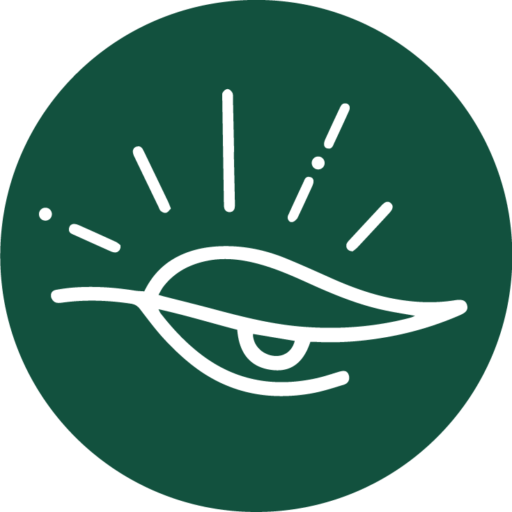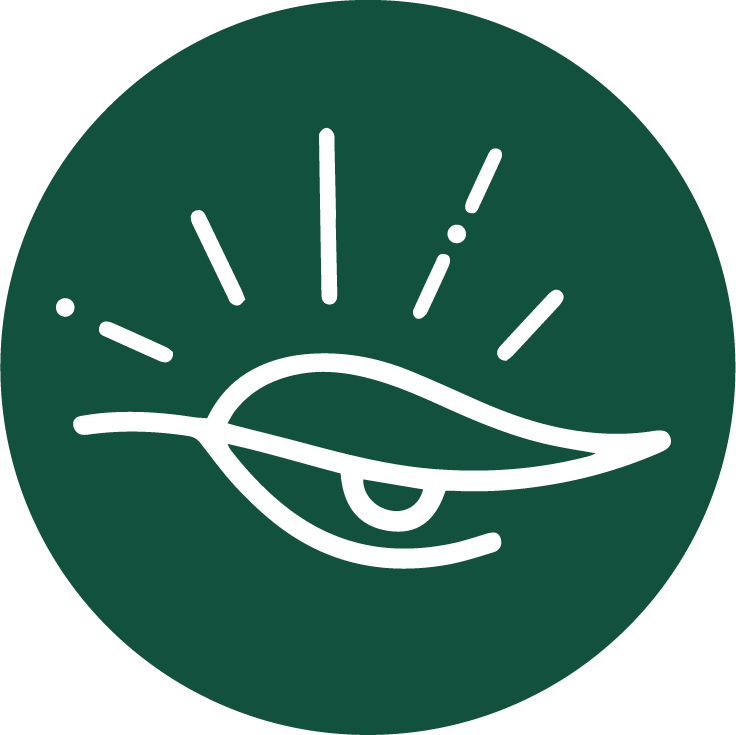
I see a lone mobula ray flapping its fins like wings, soaring in the grey sky. Soon there are more, hovering above the urban landscape, far from the ocean that glimmers from within. They have chosen the sky; they have become creatures of the wind. Were they evolving when they were leaping out of the water and into the air over millennia? I thought in my dream.
Small movements accumulate, transform, and transcend, and then comes a sudden burst: a species metamorphoses into a new being. How does the metamorphosis begin? When the caterpillar shapes a chrysalis, entering a period of dormancy and transformation, does it begin with a dream? Perhaps a dream of becoming a butterfly.
In the shallow, slow-moving stream of South Asian rice paddies, the zebrafish dreams with eyes wide open. At some stage in their sleep cycle, the zebrafish’s brain becomes active, almost like that of an awake fish. Stanford neurobiologist Philippe Mourrain suggests that the sleep pattern of the zebrafish is REM-like. According to this study, there is a strong possibility that the dream state might have evolved 450 million years ago, when all animal life was in the oceans. Perhaps then the world of dreams is far more ancient than humankind.
As for us, when we close our eyes in the waking world, it opens into another realm. Perhaps, on the doorway of the dream world, stands a protector, each night collecting all our conscious selves so we can enter the depths of our known-unknown, the subconscious mind. Under this veil, the thoughts shapeshift, and the fragments of our experiences live a life of their own.
Sigmund Freud suggested that we dream to fulfil our longings. While Carl Jung believed dreams were “a product of nature that enables us to know the truth about ourselves.” There is some underlying truth in the phrase ‘product of nature’; as for me, it carries a message of shared consciousness with the living Earth. But beyond the psychoanalytic studies, researchers have been fascinated with the world of dreams.
Carl Jung believed dreams were “a product of nature that enables us to know the truth about ourselves.”
Psychophysiologist Fred Snyder proposed that in the period of dormancy, dreams keep our brain “in shape”. But it is the sensory world of dreams that intrigued anthropologist Don Symons. For him, the reason we dream in visual hallucinations is to keep our other senses engaged, monitoring the external environment and being prepared for threats. Our senses connect our inner world to the outer world. Perhaps it is through senses that the human and more-than-human worlds navigate their dreamscapes.
David M. Peña-Guzmán, the author of When Animals Dream: The Hidden World of Animal Consciousness, writes, ‘most human dreams are heavy in visual content, but the dreams of other animals need not be similarly visual, or visual at all. And they need not produce the same behaviours either. The majority of humans consistently display rapid eye movements during REM sleep, but rats make rapid whisker movements, probably because touch is more important than vision to their experience of the world.’ But what about other animals? How do they dream? The sleeping bats flick ears and twitch wings; for them, the sense of hearing remains at the centre of perceiving the world. A sleeping octopus will change colour, like an awakened one, a sign that they might be dreaming. Perhaps in different animals, different senses manifest in the dream world; for some it’s sight, for some it’s touch, for others it’s sound and for the colour-changing octopus, dreams might linger in dimensions where human language hasn’t reached.
The majority of humans consistently display rapid eye movements during REM sleep, but rats make rapid whisker movements, probably because touch is more important than vision to their experience of the world.
David M. Peña-Guzmán
Author of When Animals Dream: The Hidden World of Animal
Finnish neuroscientist Antti Revonsuo proposed that dreaming stimulates the dreamer to learn a real-life skill, from practising for waking-life threats to problem-solving strategies. When scientists went to sleep with a problem in their mind, discoveries were made. The dream of a snake chasing its own tail led to the discovery of the benzene ring structure by chemist August Kekulé, and the periodic table came to Russian chemist Dmitri Mendeleev while he was dreaming. As if, In the mysterious world of dreams, the puzzles and logic of the waking world assemble, giving a glimpse of a higher intelligence.
While we delve into the realm of the dream with our intellectual-to-spiritual queries, the Zebra finches go there to sing their songs. During the waking hours when they sing, a distinct pattern of neurones lights up in their brains, following the sequence of their songs. As they sleep, the same patterns light up in the same order. Further studies also observed the movement of vocal muscles synchronised with these patterns. There is a possibility of them dreaming of practising, learning and memorising their songs.
Perhaps we are all dreamers, and everything on Earth is dreaming. Perhaps when we let our guards down and shut our eyes, nature starts awakening in us, showing us her secrets, the way to move in the world. And although the fate of humanity remains uncertain, we must dream as if we are standing at the edge of a miracle; we must create our chrysalis and prepare for metamorphosis. For, in the world of imaginings, if the mobula ray ever becomes the creature of wind, it will be because it trusted in leaping and who knows, but perhaps even in dreaming.



